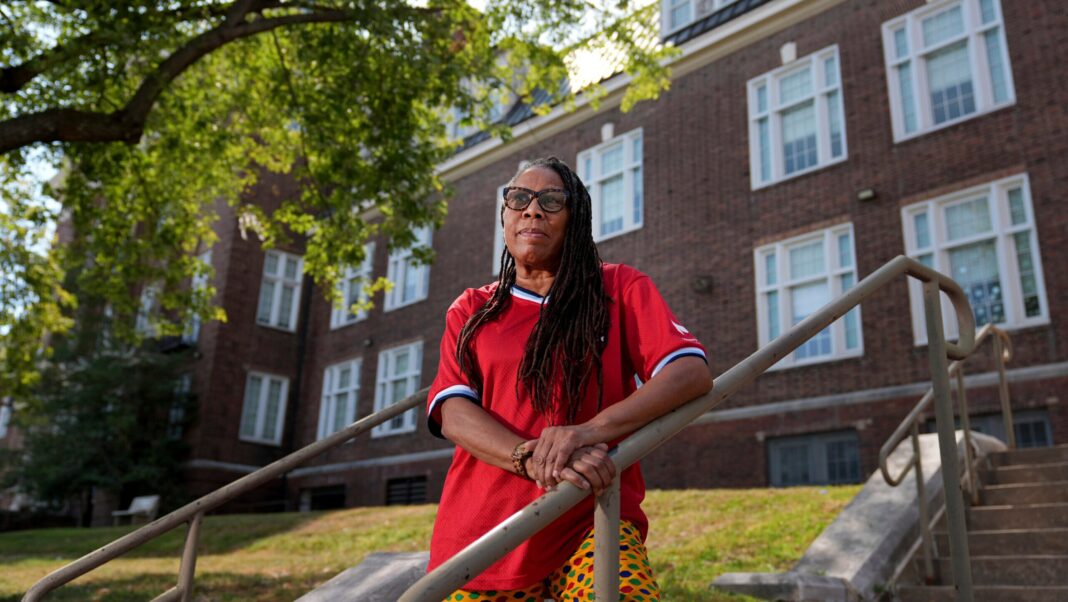The Pain of School Closures in St. Louis: A Community in Transition
Thomasina Clarke stands at a crossroads in her neighborhood of St. Louis, watching as school after school closes, leaving her once-thriving community in ruins. Recently hit by a devastating tornado, the area has experienced a dramatic reduction in population over recent decades. Clarke expresses a deep-seated anxiety that new discussions about school closures might further strip this historically Black community of its educational institutions. Among these institutions is a storm-damaged high school, Sumner, whose legacy boasts notable alumni such as Tina Turner and Chuck Berry.
The Broader Context of School Closures
Clarke’s fears are echoed across the United States, where many urban school districts, including St. Louis Public Schools, grapple with similar issues. Budget constraints, a declining birthrate, and the growing influence of the school choice movement are leading to difficult decisions about which schools to keep open. A report commissioned by the district found that it operates with more than twice the number of schools necessary for its current student population.
These closures aren’t just numbers on a spreadsheet; they have profound emotional and social implications. Financial pressures mount as districts struggle to maintain half-empty schools. Research has shown that students often perform poorly following school closures, facing instability and emotional fallout that reverberates through their lives.
A Snapshot of National Trends
From 2019 to 2023, public school enrollment has declined by more than 20% at roughly 5,100 schools nationwide, indicating a troubling trend particularly in low-income neighborhoods. A report by the Thomas B. Fordham Institute highlights this issue, underscoring how many of these schools were already underperforming. Projections indicate that enrollment will continue to decline, raising questions about the future of public schooling in America.
Factors contributing to this trend include demographic shifts, increased enrollment in private schools and homeschooling, and some immigrant families leaving the country. While federal funding provided a temporary lifeline during the COVID-19 pandemic, that support has now dried up, leaving many under-enrolled schools facing closure.
Lessons from Chicago’s Experience
Chicago’s past decisions to shutter around 50 schools in 2013 represent a cautionary tale. This closure was the largest in U.S. history and had dire consequences. Reports noted increases in violence and bullying as displaced students found themselves struggling in new environments. Test scores in affected areas plummeted, with particular difficulties in math persisting long after the closures.
The fallout from these decisions was significant, leading to long-lasting impacts on both students and communities. In response to pressure from the powerful teachers union, Chicago has now placed a moratorium on closures through 2027, even as a third of classroom seats remain unfilled.
St. Louis: A City in Decline
The situation in St. Louis paints a stark picture. The student population in St. Louis Public Schools has plummeted from over 115,000 in 1967 to just over 18,000 today. This dramatic decline is driven by families moving to suburban areas and, more recently, by the destruction following tornadoes. As the community absorbs this trauma, worries about the future of schools like Sumner intensify.
Despite calls for closures to free up resources for improvements, some board members, including Donna Jones, challenge these views. The community is already under immense strain, and cutting off educational resources could exacerbate existing challenges.
The Fight for Sumner High School
Among the schools vulnerable to potential closure is Sumner High School, located in the historically rich Ville neighborhood. It faced discussions about its fate in past years, yet initiatives to revitalize it have sparked hope. Collaborations between nonprofits and dedicated teachers have transformed the school’s programs, including innovative arts curriculum that once helped students thrive.
One such educator, Mack Williams, created engaging opportunities, even converting lockers into museum-style displays honoring distinguished alumni. Under his guidance, student participation surged, demonstrating the potential for revival even in troubled times.
The Journey of a Resilient Student
Dakota Scott’s experience at Sumner illustrates the potential for transformation. Initially struggling at a magnet school, she found her place at Sumner and excelled in academics and extracurricular activities. Her journey speaks volumes about the role schools play in providing stability and direction for young people.
Scott’s success story is interwoven with the history and culture of Sumner, which holds deep ties to the community. As reflected in Clarke’s concerns, loss of educational institutions would mean more than just missing buildings; it would signify the erosion of identity and hope within the community.
A Community’s Resilience
Despite the looming threat of further closures, there is a spirit of resilience among community members like Clarke and Williams. The determination to restore vitality to a neighborhood that has seen better days is palpable. Schools, in this context, are far more than educational institutions; they are lifelines that connect and revitalize neighborhoods, representing hope against the backdrop of adversity.
In these turbulent times, discussions about the future of public education will define more than just budget lines; they will shape the fabric of communities across America and determine the legacy we leave for future generations.



